Interesting Trai cung
The symbolic work for this sacred ritual is the Nam Giao Altar, built in 1803 under the reign of King Gia Long. In 1806, the altar was moved to the south of the capital (now in Truong An Ward, Hue City) and has been preserved to this day. This is the only altar in Vietnam that is still quite intact, surrounded by green pine forests.
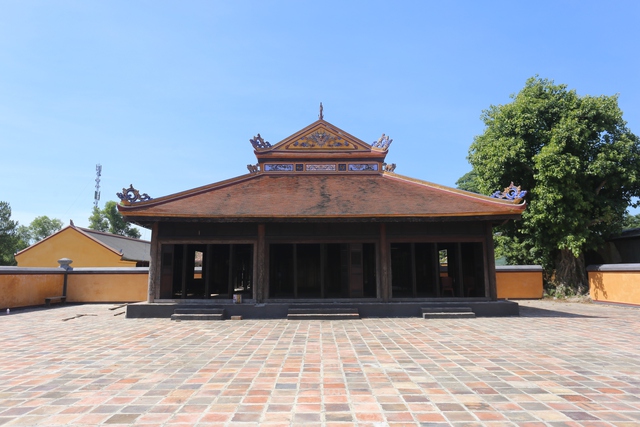
Trai cung, where the king practiced fasting before performing the ceremony to worship heaven
PHOTO: LE HOAI NHAN
According to Mr. Nguyen Phuoc Hai Trung, Deputy Director of the Hue Monuments Conservation Center, the Nam Giao Altar consists of 3 floors built of bricks and stones, nearly 5 meters high, symbolizing the "three talents": heaven, earth, and human. The top floor is the Vien Altar, circular in shape, about 40 meters in diameter, where the altars of heaven, earth, and previous kings and lords are placed during ceremonies. The middle floor is the Phuong Altar, square in shape, each side about 80 meters long, built with the Hoang Oc house and arranged with altars of natural gods such as the sun, moon, stars, rivers, seas, mountains, swamps, clouds, rain, thunder, wind... The bottom floor is also square, about 16 meters long on each side, with the Phan Sai furnace to roast sacrificial animals and the E Kham furnace to bury buffaloes and goats.
The special building for the king to abstain from sexual intercourse before the ceremony is Trai Cung, located in the southwest. Trai Cung is a separate architectural system with a surrounding citadel, the main gate is a three-door gate facing south. The main hall of Trai Cung consists of 5 compartments and 2 wings, along with Thuong Tra Phong (the king's tea room) and Thuong Thien So (the king's dining room), each structure has 3 compartments, symmetrical to each other. The two houses Ta Tuc and Huu Tuc have 5 compartments. The entire Trai Cung area is surrounded by walls with Roads with lampposts, lit during the ceremony. The architectural system of Nam Giao altar and Trai Cung is used to organize Giao ceremony, a royal festival with profound humanistic meaning, expressing the spirit of harmony with nature.
The spiritual meaning of the royal vegetarian meal
The Giao Sacrifice Ceremony has a long history, closely associated with Eastern spiritual traditions. This is a ritual of worshiping the sky of Vietnamese monarchies to pray for peace in the country, happiness for the people, and good crops. Historical records show that under the reign of King Ly Anh Tong in 1154, the court built the Vien Khau altar and the king himself went to worship the sky. The Giao Sacrifice Ceremony continued to be maintained on different scales through historical periods.
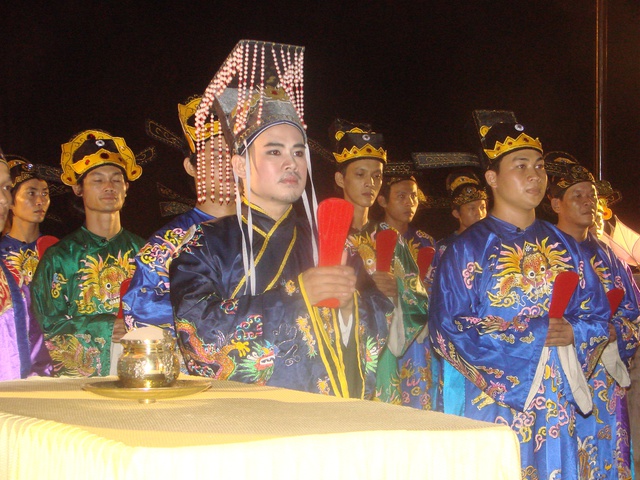
Reenactment of the Nam Giao ceremony during the Nguyen Dynasty at Hue Festival 2014
PHOTO: BUI NGOC LONG
During the Nguyen Dynasty, the Giao Sacrificial Ceremony was initially held in the second lunar month every year. From 1890, the regulation changed to once every three years. The Ministry of Rites and the Ministry of Public Works were responsible for preparing and organizing the ceremony. To prepare for the ceremony, the king and his entourage had to arrive one day in advance. Specifically, at 8 a.m. before the main ceremony, the king would ride in a palanquin from the royal palace to Nam Giao to fast. When arriving at the Nam Giao altar, the king would stay in Trai Cung.
At Trai Cung, where the king resides, there is a small bronze statue called the bronze statue, symbolizing purity.
During this time, the king will be vegetarian, stay away from women and keep his body and mind pure. The king spends most of his time meditating, facing the bronze statue as if facing himself, always keeping his thoughts pure, his heart respectfully turned towards heaven and earth. This strict vegetarian practice is to keep himself clean and ensure solemnity when performing the ceremony.
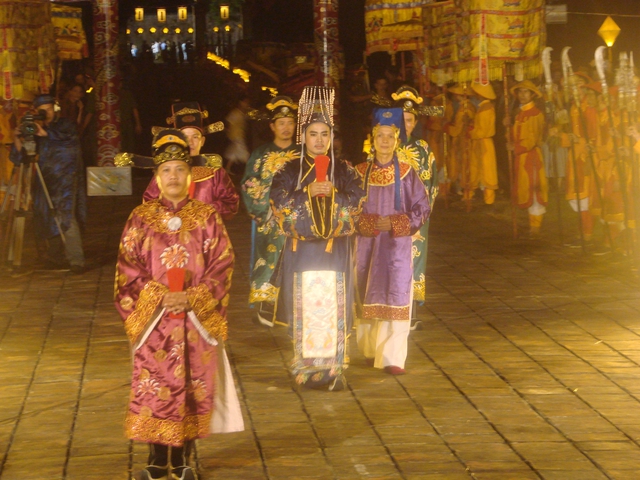
Reenactment of the scene of the king and his mandarins leaving the Trai Palace to prepare to go up to the altar to worship heaven at Hue Festival 2014
PHOTO: BUI NGOC LONG
The next day, at 2 a.m., the king, wearing a Long Con robe (symbolizing the emperor), left Trai Cung and went to the altar to preside over the ceremony. The ceremony at Vien Dan took place before the ceremony at Phuong Dan. The next morning, the mandarins held a ceremony to celebrate the end of the ceremony and congratulated the king. After that, the majestic and splendid royal procession returned to the imperial city. When the king returned to Dai Cung Mon, the artillery team fired 9 celebratory shots, ending the Giao ceremony. During the ceremony, people flocked to see the royal procession pass by. The last Giao ceremony under the Nguyen Dynasty took place on March 23, 1945, under King Bao Dai.
Artisan Mai Thi Tra, who has many years of research on Hue vegetarian cuisine , said that on this occasion, the Thuong Thien Team (the royal kitchen) had to invest in thinking about how to prepare delicious and skillful dishes. They were creative, combining vegetables, tubers, and fruits into delicious dishes to offer to the king. This required the royal chefs to have outstanding expertise in creating vegetarian dishes that not only met the ceremonial requirements but also reached the pinnacle of culinary art.
According to the concept that the king is the "son of heaven" (son of heaven), only the king has the right to worship heaven and earth (the king's parents), pray for favorable weather, national peace and prosperity, and thank heaven and earth. In addition to the ritual of worshiping heaven, during each ceremony, the king himself and the mandarins in the court must plant and take care of pine trees in the grounds of the altar, because this is the most sacred place that needs to be preserved. Today, the Nam Giao altar and the system of Vien Dan, Phuong Dan and Trai Cung have been ranked as national cultural relics, located in the World Cultural Heritage complex of the ancient capital of Hue. Trai Cung is not only an ancient architecture but also a living proof of the spirit of vegetarianism and profound spiritual values in the life of the Nguyen Dynasty's royal court, contributing to the unique identity of Hue vegetarian cuisine. (continued)
Source: https://thanhnien.vn/tinh-hoa-am-thuc-chay-hue-nha-vua-an-chay-o-trai-cung-185250910220142885.htm







![[Photo] Prime Minister Pham Minh Chinh launched a peak emulation campaign to achieve achievements in celebration of the 14th National Party Congress](https://vphoto.vietnam.vn/thumb/1200x675/vietnam/resource/IMAGE/2025/10/5/8869ec5cdbc740f58fbf2ae73f065076)
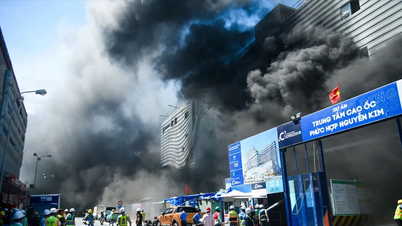

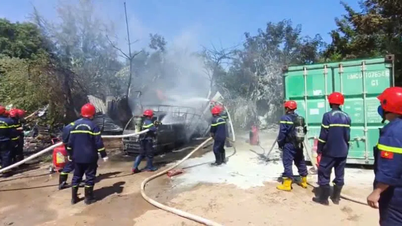
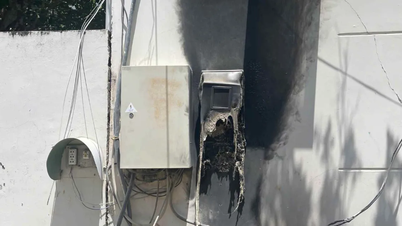


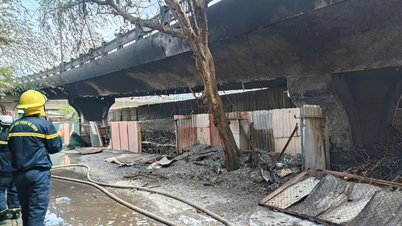
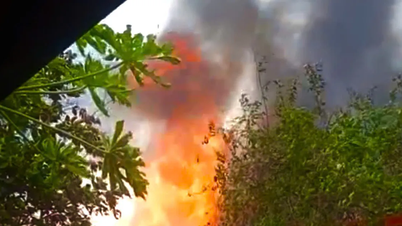
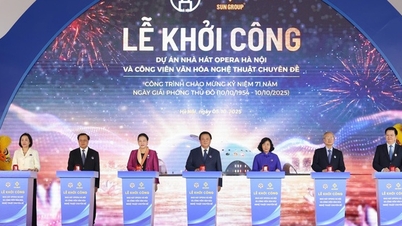

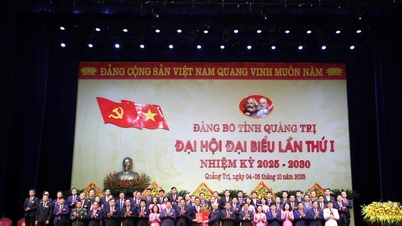

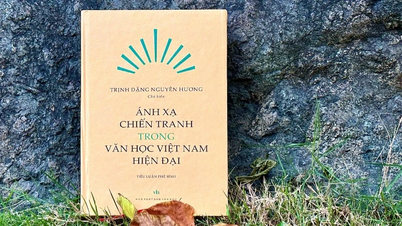

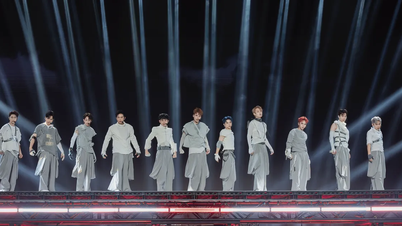
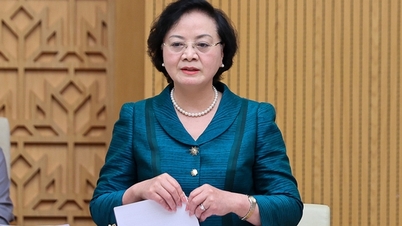
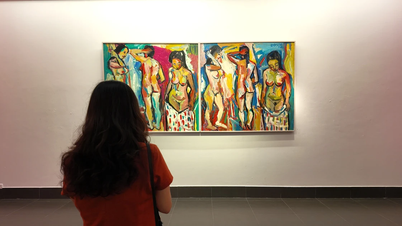






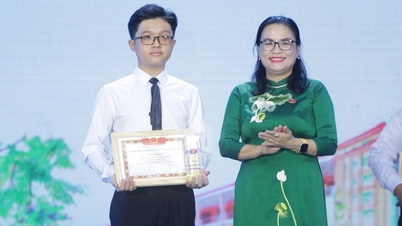
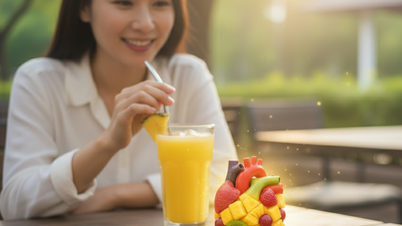



![[Photo] Bustling Mid-Autumn Festival at the Museum of Ethnology](https://vphoto.vietnam.vn/thumb/1200x675/vietnam/resource/IMAGE/2025/10/4/da8d5927734d4ca58e3eced14bc435a3)






















![[VIDEO] Summary of Petrovietnam's 50th Anniversary Ceremony](https://vphoto.vietnam.vn/thumb/402x226/vietnam/resource/IMAGE/2025/10/4/abe133bdb8114793a16d4fe3e5bd0f12)

![[VIDEO] GENERAL SECRETARY TO LAM AWARDS PETROVIETNAM 8 GOLDEN WORDS: "PIONEER - EXCELLENT - SUSTAINABLE - GLOBAL"](https://vphoto.vietnam.vn/thumb/402x226/vietnam/resource/IMAGE/2025/7/23/c2fdb48863e846cfa9fb8e6ea9cf44e7)











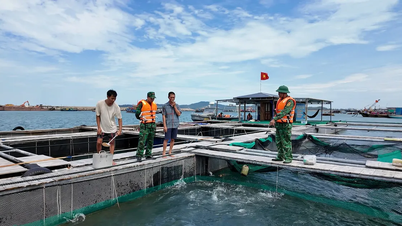
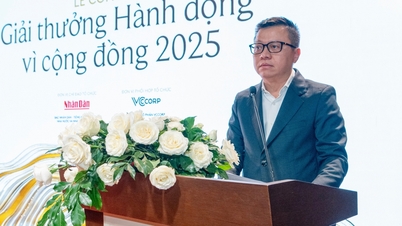
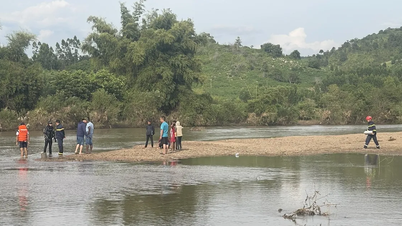
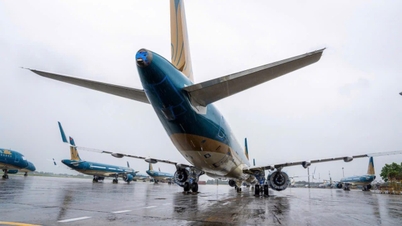


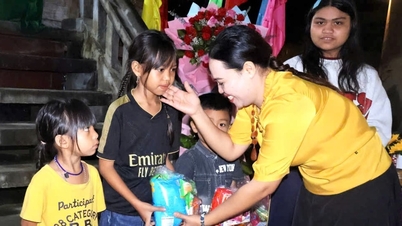














Comment (0)